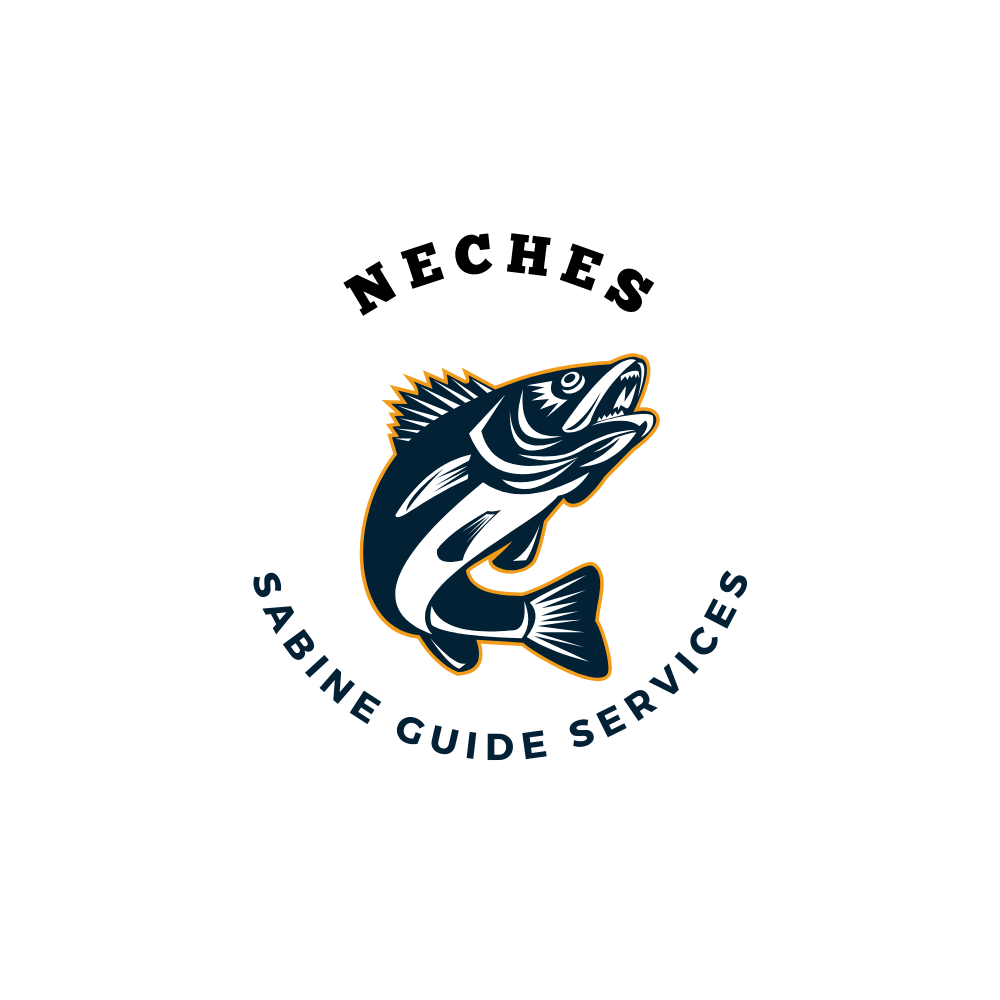Sheepshead
Cracking the Code: Unveiling the Sheepshead Secrets of Sabine Lake
Lake Sabine, a sprawling Texas gem bordering Louisiana, holds a hidden treasure for dedicated anglers – the tenacious sheepshead. These toothy critters, known for their aggressive feeding habits and unique appearance, present a thrilling challenge for those seeking a unique fishing experience. This guide delves into the secrets of sheepshead fishing in Sabine Lake, equipping you to conquer these fascinating fish.
Seasonal Strategies: When the Sheepshead Feast
Unlike many other popular sportfish, sheepshead have a distinct feeding window. Their prime season kicks off in late fall (November) and extends through winter (December-February) when water temperatures plummet. During this period, they become particularly active, aggressively scraping crustaceans and mollusks off submerged structures. Activity tapers off in spring (March-May) and summer (June-August) as water temperatures rise.
Structure is King: Where the Sheepshead Dwell
Sheepshead are masters of camouflage, blending seamlessly with the rocky structures they call home. Here are some key areas to target them in Sabine Lake:
- Jetties: The jetties at Sabine Pass are legendary for their sheepshead populations. The rock formations provide an ideal habitat with an abundance of encrusted barnacles and mussels, the sheepshead’s primary food source.
- Bridge Pilings: Bridge pilings offer another haven for sheepshead. Look for bridges crossing over channels or deeper sections of the lake, as these areas tend to attract larger fish.
- Seawalls: Seawalls along the shoreline can hold good numbers of sheepshead, particularly those with rough or uneven surfaces that provide nooks and crannies for crustacean growth.
- Riprap: Areas with riprap, used for shore protection, can be productive for sheepshead. The large rocks offer ample surface area for barnacles and mussels to attach.
- Oyster Reefs: While not their primary habitat, sheepshead can sometimes be found on the edges of healthy oyster reefs, picking off mussels and other encrusted organisms.
Tempting the Toothy Trio: The Right Bait
Sheepshead are not known for their discerning palates. Their primary focus is on prying off crustaceans and mollusks from hard surfaces. Here are some effective bait options:
- Live Fiddler Crabs: Live fiddler crabs are the undisputed champion for sheepshead bait. Their constant movement and natural scent are irresistible to these bottom feeders.
- Dead Shrimp: Freshly dead shrimp is a readily available and effective alternative. Break the shell slightly to expose the flesh and increase scent attraction.
- Live or Frozen Mussels: Live mussels are ideal bait, mimicking the sheepshead’s natural food source perfectly. Frozen mussels can be a viable substitute, but their effectiveness may be slightly lower.
- Hermit Crabs: Hermit crabs, readily available in bait shops, can be a good option, especially when fiddler crabs are scarce.
Sheepshead Tactics: A Delicate Dance
Sheepshead fishing requires a unique approach that combines finesse with patience. Here are some key tactics to employ:
- Heavy Tackle with Light Touch: Use a medium-heavy rod and reel with a strong braided line to handle the powerful headshakes of a sheepshead. However, a light touch is crucial when setting the hook, as their bony mouths are easily ripped.
- Bottom Bouncing: Sheepshead are bottom feeders. Keep your bait bouncing along the structure, occasionally raising and lowering it to entice a bite.
- Heavy Sinkers: Use heavy enough sinkers to keep your bait on the bottom, even in currents. Experiment with different weights to find the right balance between holding the bottom and maintaining a natural presentation.
- Shucking Technique: Sheepshead are notorious for stealing bait without getting hooked. A technique called “shucking” involves feeling for the bite and setting the hook just as the fish tries to pry the bait off the structure.
Landing the Prize: Respecting the Sheepshead
Always adhere to Texas fishing regulations for sheepshead, including size limits, bag limits, and closed seasons. Sheepshead have a tough exterior but a delicate mouth. Use a net with a soft mesh to avoid damaging the fish. If you plan to release your catch, handle it with care and wet your hands before handling to protect its protective slime coat.
Beyond the Basics: Unlocking Success
- Local Knowledge is Power: Consider hiring a local guide. Experienced guides familiar with Sabine Lake’s underwater structures and sheepshead hotspots can significantly increase your chances of success.
- Scouting is Key: Before heading out, spend time scouting potential fishing spots. Look for areas with abundant structure and signs of crustacean growth.
